Hananel Hazan
Transient Dynamics in Lattices of Differentiating Ring Oscillators
Jun 08, 2025Abstract:Recurrent neural networks (RNNs) are machine learning models widely used for learning temporal relationships. Current state-of-the-art RNNs use integrating or spiking neurons -- two classes of computing units whose outputs depend directly on their internal states -- and accordingly there is a wealth of literature characterizing the behavior of large networks built from these neurons. On the other hand, past research on differentiating neurons, whose outputs are computed from the derivatives of their internal states, remains limited to small hand-designed networks with fewer than one-hundred neurons. Here we show via numerical simulation that large lattices of differentiating neuron rings exhibit local neural synchronization behavior found in the Kuramoto model of interacting oscillators. We begin by characterizing the periodic orbits of uncoupled rings, herein called ring oscillators. We then show the emergence of local correlations between oscillators that grow over time when these rings are coupled together into lattices. As the correlation length grows, transient dynamics arise in which large regions of the lattice settle to the same periodic orbit, and thin domain boundaries separate adjacent, out-of-phase regions. The steady-state scale of these correlated regions depends on how the neurons are shared between adjacent rings, which suggests that lattices of differentiating ring oscillator might be tuned to be used as reservoir computers. Coupled with their simple circuit design and potential for low-power consumption, differentiating neural nets therefore represent a promising substrate for neuromorphic computing that will enable low-power AI applications.
Heuristically Adaptive Diffusion-Model Evolutionary Strategy
Nov 20, 2024



Abstract:Diffusion Models represent a significant advancement in generative modeling, employing a dual-phase process that first degrades domain-specific information via Gaussian noise and restores it through a trainable model. This framework enables pure noise-to-data generation and modular reconstruction of, images or videos. Concurrently, evolutionary algorithms employ optimization methods inspired by biological principles to refine sets of numerical parameters encoding potential solutions to rugged objective functions. Our research reveals a fundamental connection between diffusion models and evolutionary algorithms through their shared underlying generative mechanisms: both methods generate high-quality samples via iterative refinement on random initial distributions. By employing deep learning-based diffusion models as generative models across diverse evolutionary tasks and iteratively refining diffusion models with heuristically acquired databases, we can iteratively sample potentially better-adapted offspring parameters, integrating them into successive generations of the diffusion model. This approach achieves efficient convergence toward high-fitness parameters while maintaining explorative diversity. Diffusion models introduce enhanced memory capabilities into evolutionary algorithms, retaining historical information across generations and leveraging subtle data correlations to generate refined samples. We elevate evolutionary algorithms from procedures with shallow heuristics to frameworks with deep memory. By deploying classifier-free guidance for conditional sampling at the parameter level, we achieve precise control over evolutionary search dynamics to further specific genotypical, phenotypical, or population-wide traits. Our framework marks a major heuristic and algorithmic transition, offering increased flexibility, precision, and control in evolutionary optimization processes.
Diffusion Models are Evolutionary Algorithms
Oct 03, 2024

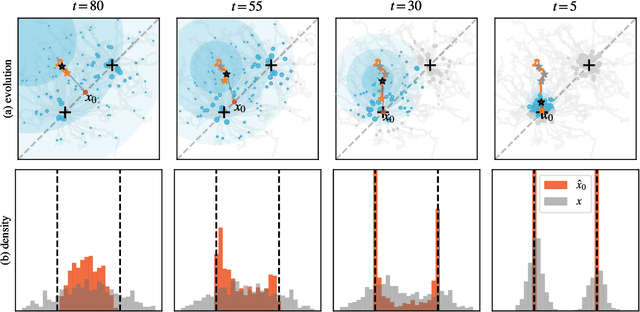
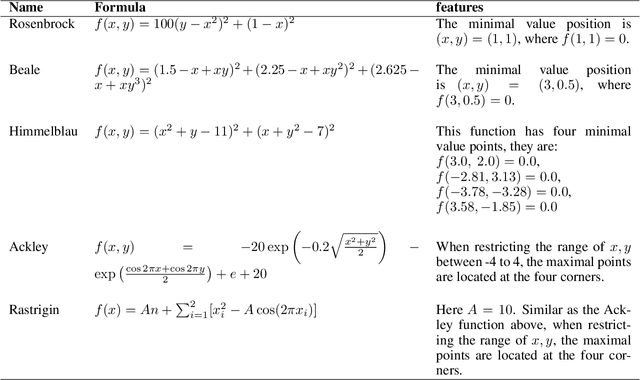
Abstract:In a convergence of machine learning and biology, we reveal that diffusion models are evolutionary algorithms. By considering evolution as a denoising process and reversed evolution as diffusion, we mathematically demonstrate that diffusion models inherently perform evolutionary algorithms, naturally encompassing selection, mutation, and reproductive isolation. Building on this equivalence, we propose the Diffusion Evolution method: an evolutionary algorithm utilizing iterative denoising -- as originally introduced in the context of diffusion models -- to heuristically refine solutions in parameter spaces. Unlike traditional approaches, Diffusion Evolution efficiently identifies multiple optimal solutions and outperforms prominent mainstream evolutionary algorithms. Furthermore, leveraging advanced concepts from diffusion models, namely latent space diffusion and accelerated sampling, we introduce Latent Space Diffusion Evolution, which finds solutions for evolutionary tasks in high-dimensional complex parameter space while significantly reducing computational steps. This parallel between diffusion and evolution not only bridges two different fields but also opens new avenues for mutual enhancement, raising questions about open-ended evolution and potentially utilizing non-Gaussian or discrete diffusion models in the context of Diffusion Evolution.
Quantifying Misalignment Between Agents
Jun 06, 2024Abstract:Growing concerns about the AI alignment problem have emerged in recent years, with previous work focusing mainly on (1) qualitative descriptions of the alignment problem; (2) attempting to align AI actions with human interests by focusing on value specification and learning; and/or (3) focusing on a single agent or on humanity as a singular unit. Recent work in sociotechnical AI alignment has made some progress in defining alignment inclusively, but the field as a whole still lacks a systematic understanding of how to specify, describe, and analyze misalignment among entities, which may include individual humans, AI agents, and complex compositional entities such as corporations, nation-states, and so forth. Previous work on controversy in computational social science offers a mathematical model of contention among populations (of humans). In this paper, we adapt this contention model to the alignment problem, and show how misalignment can vary depending on the population of agents (human or otherwise) being observed, the domain in question, and the agents' probability-weighted preferences between possible outcomes. Our model departs from value specification approaches and focuses instead on the morass of complex, interlocking, sometimes contradictory goals that agents may have in practice. We apply our model by analyzing several case studies ranging from social media moderation to autonomous vehicle behavior. By applying our model with appropriately representative value data, AI engineers can ensure that their systems learn values maximally aligned with diverse human interests.
Memory via Temporal Delays in weightless Spiking Neural Network
Feb 15, 2022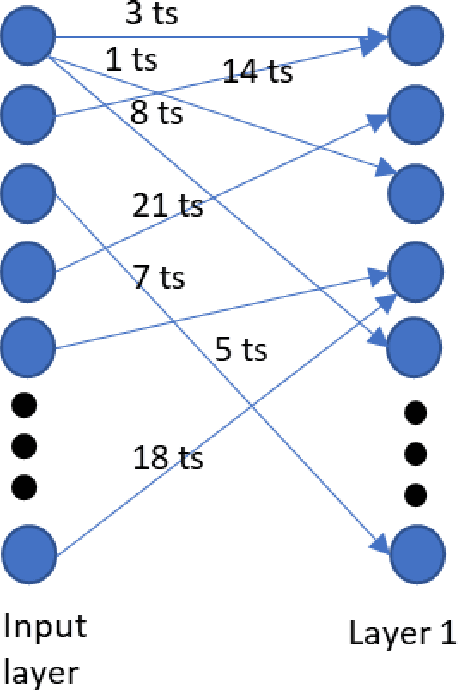
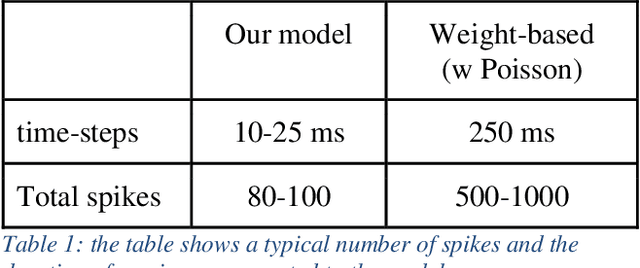


Abstract:A common view in the neuroscience community is that memory is encoded in the connection strength between neurons. This perception led artificial neural network models to focus on connection weights as the key variables to modulate learning. In this paper, we present a prototype for weightless spiking neural networks that can perform a simple classification task. The memory in this network is stored in the timing between neurons, rather than the strength of the connection, and is trained using a Hebbian Spike Timing Dependent Plasticity (STDP), which modulates the delays of the connection.
Reinforcement learning with a network of spiking agents
Nov 10, 2019

Abstract:Neuroscientific theory suggests that dopaminergic neurons broadcast global reward prediction errors to large areas of the brain influencing the synaptic plasticity of the neurons in those regions. We build on this theory to propose a multi-agent learning framework with spiking neurons in the generalized linear model (GLM) formulation as agents, to solve reinforcement learning (RL) tasks. We show that a network of GLM spiking agents connected in a hierarchical fashion, where each spiking agent modulates its firing policy based on local information and a global prediction error, can learn complex action representations to solve RL tasks. We further show how leveraging principles of modularity and population coding inspired from the brain can help reduce variance in the learning updates making it a viable optimization technique.
Lattice Map Spiking Neural Networks (LM-SNNs) for Clustering and Classifying Image Data
Jun 04, 2019

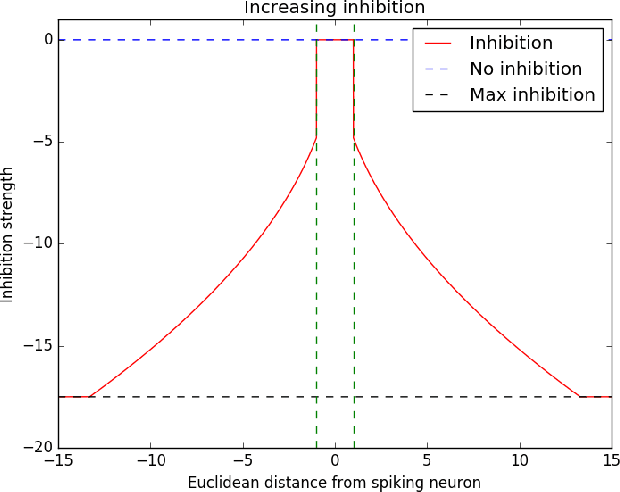

Abstract:Spiking neural networks (SNNs) with a lattice architecture are introduced in this work, combining several desirable properties of SNNs and self-organized maps (SOMs). Networks are trained with biologically motivated, unsupervised learning rules to obtain a self-organized grid of filters via cooperative and competitive excitatory-inhibitory interactions. Several inhibition strategies are developed and tested, such as (i) incrementally increasing inhibition level over the course of network training, and (ii) switching the inhibition level from low to high (two-level) after an initial training segment. During the labeling phase, the spiking activity generated by data with known labels is used to assign neurons to categories of data, which are then used to evaluate the network's classification ability on a held-out set of test data. Several biologically plausible evaluation rules are proposed and compared, including a population-level confidence rating, and an $n$-gram inspired method. The effectiveness of the proposed self-organized learning mechanism is tested using the MNIST benchmark dataset, as well as using images produced by playing the Atari Breakout game.
Locally Connected Spiking Neural Networks for Unsupervised Feature Learning
Apr 12, 2019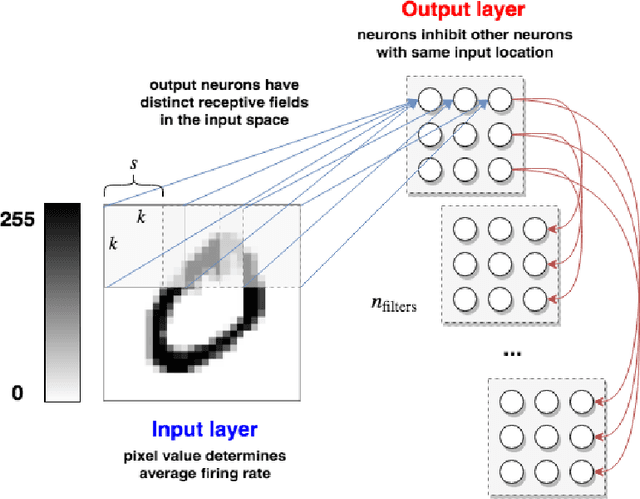
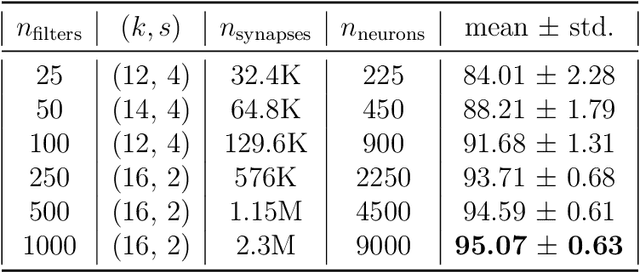
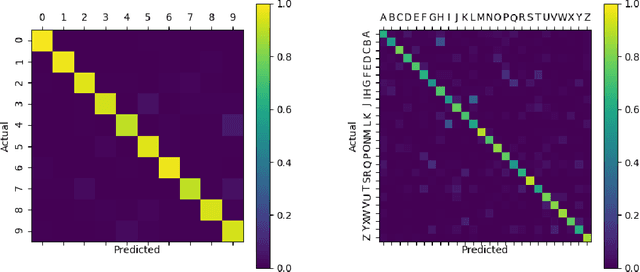
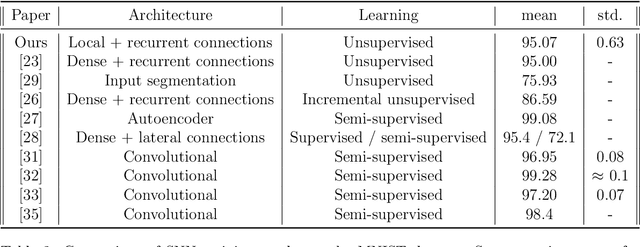
Abstract:In recent years, Spiking Neural Networks (SNNs) have demonstrated great successes in completing various Machine Learning tasks. We introduce a method for learning image features by \textit{locally connected layers} in SNNs using spike-timing-dependent plasticity (STDP) rule. In our approach, sub-networks compete via competitive inhibitory interactions to learn features from different locations of the input space. These \textit{Locally-Connected SNNs} (LC-SNNs) manifest key topological features of the spatial interaction of biological neurons. We explore biologically inspired n-gram classification approach allowing parallel processing over various patches of the the image space. We report the classification accuracy of simple two-layer LC-SNNs on two image datasets, which match the state-of-art performance and are the first results to date. LC-SNNs have the advantage of fast convergence to a dataset representation, and they require fewer learnable parameters than other SNN approaches with unsupervised learning. Robustness tests demonstrate that LC-SNNs exhibit graceful degradation of performance despite the random deletion of large amounts of synapses and neurons.
Improved robustness of reinforcement learning policies upon conversion to spiking neuronal network platforms applied to ATARI games
Mar 26, 2019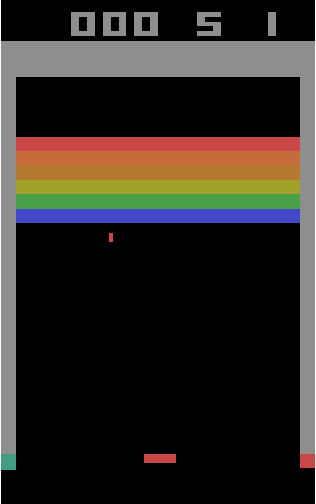
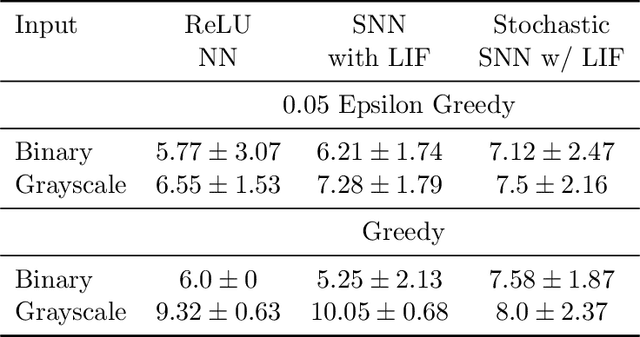
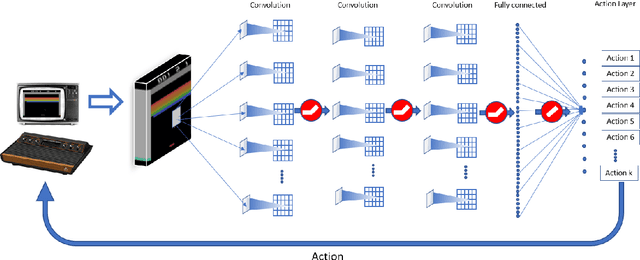
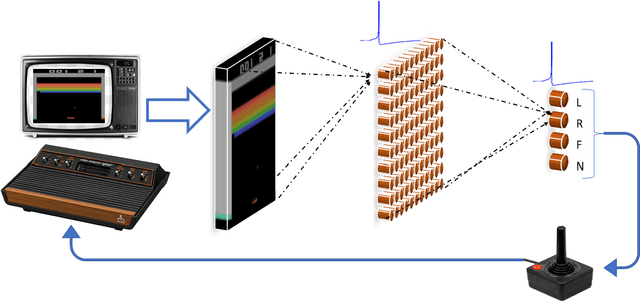
Abstract:Various implementations of Deep Reinforcement Learning (RL) demonstrated excellent performance on tasks that can be solved by trained policy, but they are not without drawbacks. Deep RL suffers from high sensitivity to noisy and missing input and adversarial attacks. To mitigate these deficiencies of deep RL solutions, we suggest involving spiking neural networks (SNNs). Previous work has shown that standard Neural Networks trained using supervised learning for image classification can be converted to SNNs with negligible deterioration in performance. In this paper, we convert Q-Learning ReLU-Networks (ReLU-N) trained using reinforcement learning into SNN. We provide a proof of concept for the conversion of ReLU-N to SNN demonstrating improved robustness to occlusion and better generalization than the original ReLU-N. Moreover, we show promising initial results with converting full-scale Deep Q-networks to SNNs, paving the way for future research.
Unsupervised Learning with Self-Organizing Spiking Neural Networks
Jul 24, 2018



Abstract:We present a system comprising a hybridization of self-organized map (SOM) properties with spiking neural networks (SNNs) that retain many of the features of SOMs. Networks are trained in an unsupervised manner to learn a self-organized lattice of filters via excitatory-inhibitory interactions among populations of neurons. We develop and test various inhibition strategies, such as growing with inter-neuron distance and two distinct levels of inhibition. The quality of the unsupervised learning algorithm is evaluated using examples with known labels. Several biologically-inspired classification tools are proposed and compared, including population-level confidence rating, and n-grams using spike motif algorithm. Using the optimal choice of parameters, our approach produces improvements over state-of-art spiking neural networks.
 Add to Chrome
Add to Chrome Add to Firefox
Add to Firefox Add to Edge
Add to Edge